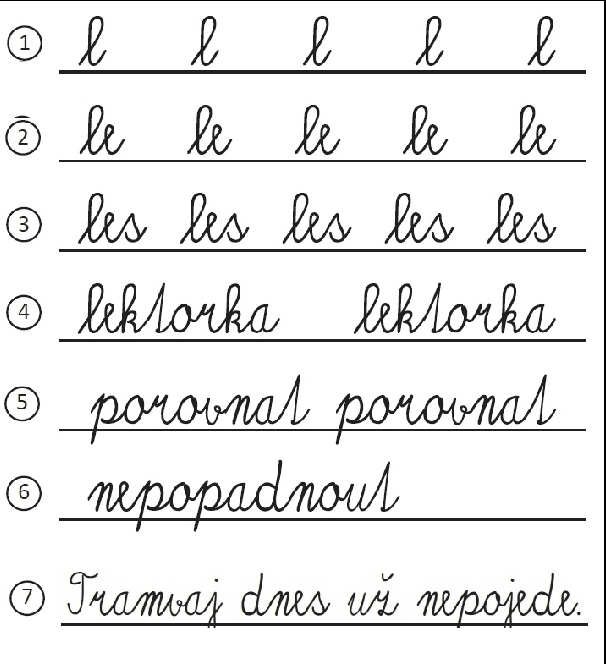Peter Drotár
Evaluation of handwriting kinematics and pressure for differential diagnosis of Parkinson's disease
Nov 05, 2024Abstract:Objective: We present the PaHaW Parkinson's disease handwriting database, consisting of handwriting samples from Parkinson's disease (PD) patients and healthy controls. Our goal is to show that kinematic features and pressure features in handwriting can be used for the differential diagnosis of PD. Methods and Material: The database contains records from 37 PD patients and 38 healthy controls performing eight different handwriting tasks. The tasks include drawing an Archimedean spiral, repetitively writing orthographically simple syllables and words, and writing of a sentence. In addition to the conventional kinematic features related to the dynamics of handwriting, we investigated new pressure features based on the pressure exerted on the writing surface. To discriminate between PD patients and healthy subjects, three different classifiers were compared: K-nearest neighbors (K-NN), ensemble AdaBoost classifier, and support vector machines (SVM). Results: For predicting PD based on kinematic and pressure features of handwriting, the best performing model was SVM with classification accuracy of Pacc = 81.3% (sensitivity Psen = 87.4% and specificity of Pspe = 80.9%). When evaluated separately, pressure features proved to be relevant for PD diagnosis, yielding Pacc = 82.5% compared to Pacc = 75.4% using kinematic features. Conclusion: Experimental results showed that an analysis of kinematic and pressure features during handwriting can help assess subtle characteristics of handwriting and discriminate between PD patients and healthy controls.
* 23 pages
Contribution of Different Handwriting Modalities to Differential Diagnosis of Parkinson's Disease
Mar 18, 2022



Abstract:In this paper, we evaluate the contribution of different handwriting modalities to the diagnosis of Parkinson's disease. We analyse on-surface movement, in-air movement and pressure exerted on the tablet surface. Especially in-air movement and pressure-based features have been rarely taken into account in previous studies. We show that pressure and in-air movement also possess information that is relevant for the diagnosis of Parkinson's Disease (PD) from handwriting. In addition to the conventional kinematic and spatio-temporal features, we present a group of the novel features based on entropy and empirical mode decomposition of the handwriting signal. The presented results indicate that handwriting can be used as biomarker for PD providing classification performance around 89% area under the ROC curve (AUC) for PD classification.
* The work was published by IEEE
 Add to Chrome
Add to Chrome Add to Firefox
Add to Firefox Add to Edge
Add to Edge